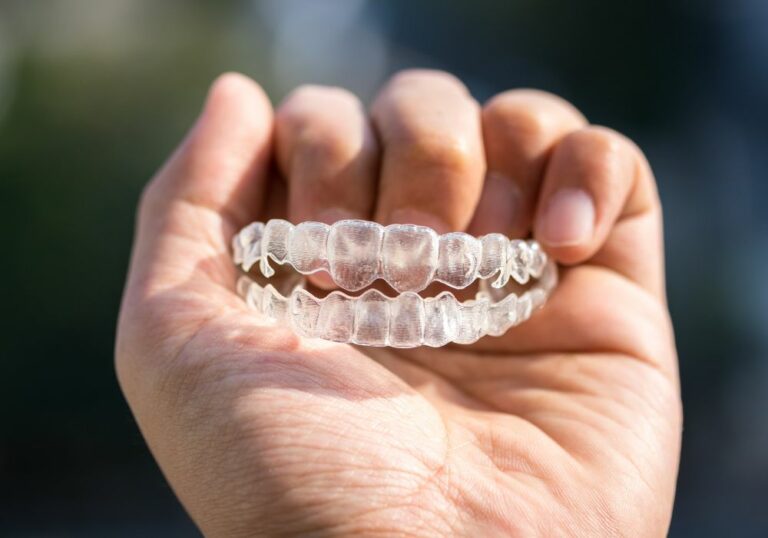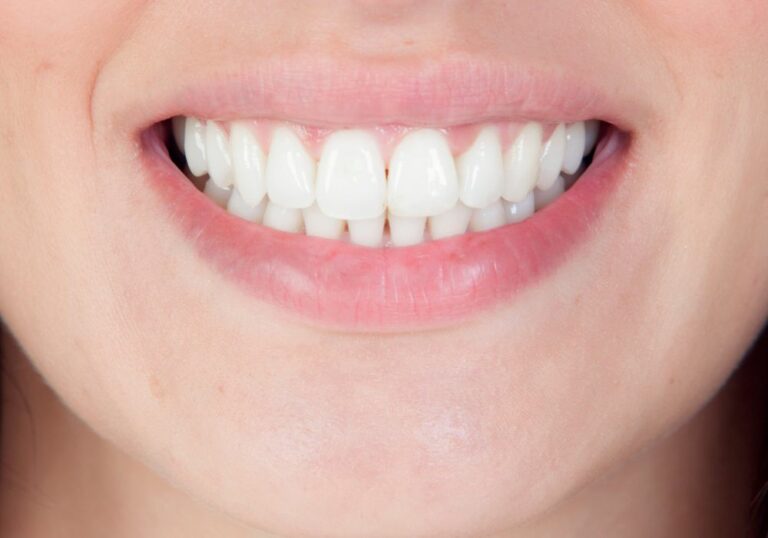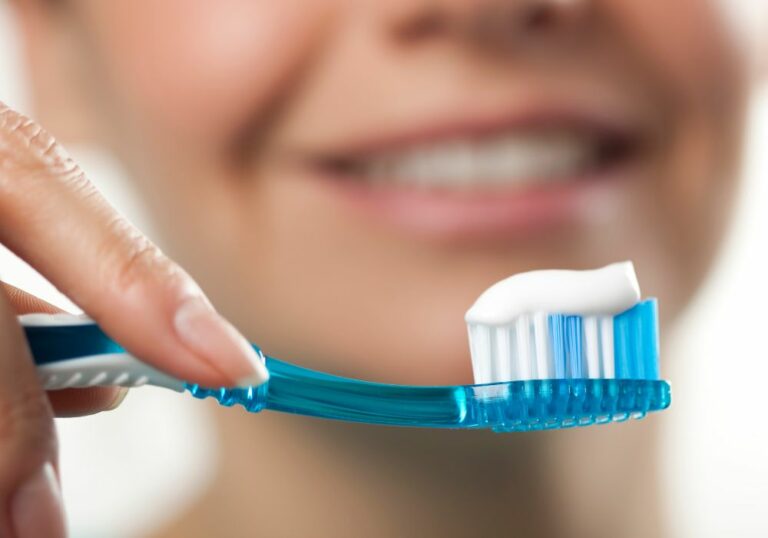An Overview of Feline Hunting Abilities Without Teeth
Cats are natural born hunters, using their sharp teeth and claws to catch prey. But what happens if a cat loses its teeth or has them removed? Can cats still hunt effectively without teeth?
The short answer is yes, cats can still hunt and kill prey even without teeth. However, their hunting abilities are diminished and they need to rely more on their other senses, instincts, and physical attributes like their claws.
Cats have evolved as consummate hunters, with physical features and behaviors specifically adapted for catching and killing prey. Their teeth play an integral role in several aspects of the hunting process. When cats lose their teeth, they must compensate using other abilities in order to continue hunting.
Below we’ll explore in depth how cats normally hunt with teeth, the specific challenges toothless cats face, how cats adapt to hunt without teeth, factors impacting their hunting success, and how owners can support toothless kitties.
How Cats Normally Hunt and Kill Prey with Teeth
Cats are obligate carnivores, meaning they must eat meat to survive. Their bodies have adapted over thousands of years to make them effective hunters able to catch prey and utilize it for food. Here are some of the key ways cats use their teeth when hunting:
- Biting and killing – Cats use their long, curved upper canine teeth to deliver strong biting attacks to small prey. They aim for high impact spots like the neck or head to damage the spine or brain. The bite crushes the trachea and severs blood vessels, leading to suffocation or critical blood loss. Used properly, this killing bite allows cats to quickly and humanely dispatch prey.
- Gripping and carrying prey – After delivering the killing bite, cats rely on their front teeth to pick up and firmly grip prey in their mouth. Carrying with the teeth allows them to relocate catches to a safe place to eat. Cats have evolved to carry items up to a third of their body weight.
- Tearing meat and skin – Sharp incisors and carnassial teeth help cats slice meat off bones and tear prey into bite-sized chunks for swallowing. Their rear teeth are well-suited for cutting and shearing flesh.
- Crunching bones – Strong premolars and molars enable cats to crush, pulverize, and consume small bones as part of the meal. This allows them to access the nutritious bone marrow.
- Subduing larger prey – When tackling larger prey like rabbits, cats latch onto the neck or head with their teeth and claws to weaken and subdue it through blood loss, choking, or neck-breaking shakes. Repeated biting is used to weaken the prey until it succumbs.
So in summary, cat teeth including the incisors, canines, premolars, and molars each provide important functions related to seizing, killing, carrying, tearing, and crunching prey during the hunting and consumption processes. When teeth are removed, cats lose these specialized abilities and must compensate in other ways. But their natural hunting drive still compels them to pursue prey by whatever means they can.
Challenges for Toothless Cats When Hunting
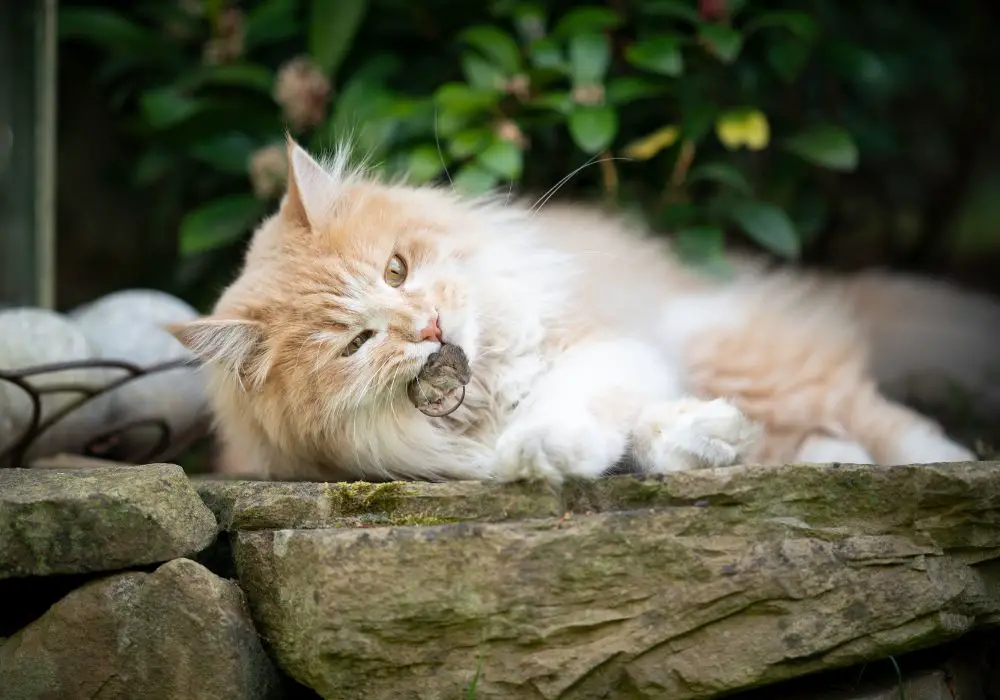
Despite their diminished capacity, toothless cats can and do continue hunting prey through stalking, capturing, and killing it. However, they face considerable challenges without the use of their teeth.
Toothless cats have greater difficulty:
- Killing prey quickly – Without teeth for biting the neck and severing the spine or blood vessels, cats must resort to suffocating prey or using awkward neck-breaking shakes. The kill takes longer and may allow prey to escape.
- Carrying prey – Unable to grip with their teeth, toothless cats often clumsily drag or toss prey along the ground with their mouth, paws or nose. Carrying anything substantial becomes nearly impossible.
- Tearing meat and skin – Toothless cats cannot slice up meat and hide using incisors and carnassials. They must swallow food whole, break it up by chewing with their gums, or tear pieces by scraping with their claws.
- Crushing bones – With no molars for bone crushing, toothless cats cannot access the nutritious marrow inside bones or properly digest them. Bones may become a choking hazard.
- Subduing large prey – Biting is critical for weakening large prey like rabbits. Toothless cats attempting large prey are at higher risk of injury when they cannot effectively bite back.
Another major challenge is weight loss and malnutrition. Without proper teeth, cats struggle to fully break down and digest food. Toothless cats may lose significant weight because they cannot properly consume their prey.
In summary, toothlessness presents significant obstacles for cats to successfully hunt and utilize prey. But their natural drive and adaptability allows most to overcome these challenges to some degree.
How Toothless Cats Adapt Their Hunting Strategies
While clearly limited without teeth, cats are remarkable in their ability to adapt to physical limitations and still hunt successfully:
- Pouncing and suffocating – Toothless cats rely more on their weight and gravity to knock down prey, then kill by suffocating their target using their paws and body mass. This requires them to get extremely close versus killing at a distance with a bite.
- Claw usage – Without a killing bite, cats must grasp prey with claws and paws and inflict damage by raking and tearing skin with their claws. This may involve holding down prey and delivering repeated claw attacks to lethal areas until it dies of blood loss.
- Speed – Quick reflexes become even more vital to rush prey before it can escape the range of the cat’s claws and paws. Toothless cats likely attempt many failed ambushes for every successful kill.
- Workarounds for carrying – Since carrying prey in the mouth becomes difficult, clever cats devise alternative transport methods like carefully balancing prey on their back or pushing it along the ground with their nose and paws.
- Eating techniques – Toothless cats chew by mashing food between the roof of their mouth and gums. They may eat very small pieces at a time or swallow food whole. Some cats learn to hold down food with their paws and scrape or tear pieces using their claws.
- Targeting easier prey – With their limited capabilities, toothless cats tend to go after slower, weaker prey like baby rodents, small lizards, or fledgling birds which they can overpower more easily without a killing bite.
So while toothless cats are certainly disadvantaged, they are remarkable in utilizing their other senses, speed, and claw skills to modify their hunting techniques without use of their teeth. Their flexible techniques and clever workarounds allow them to remain successful hunters.
Factors Impacting Hunting Ability in Toothless Cats
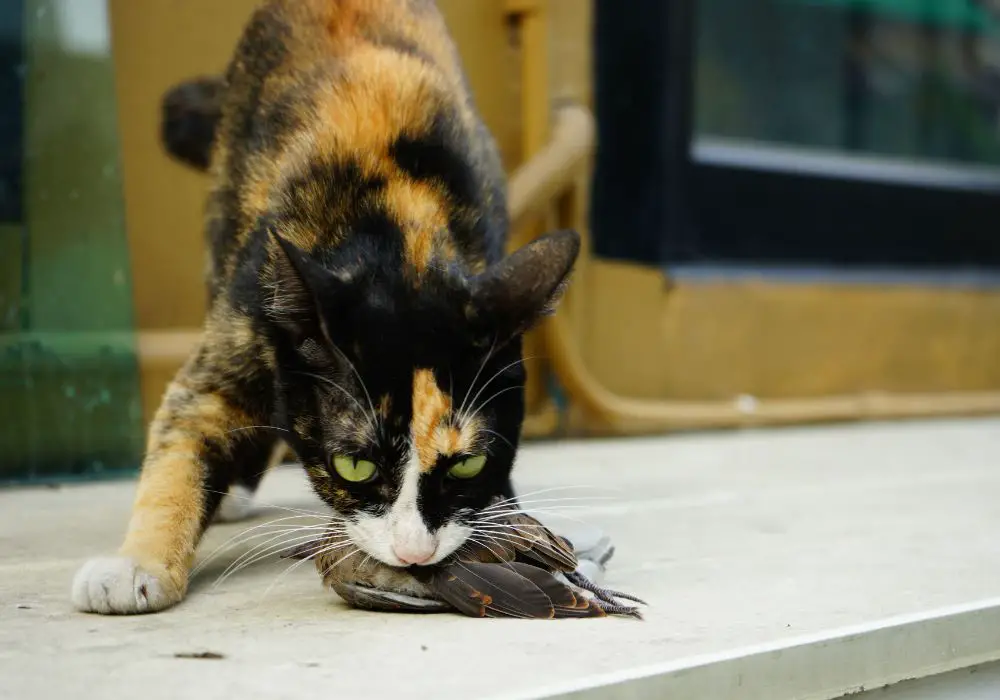
Several factors influence how adept a toothless cat will be at modifying their hunting techniques:
Helpful Factors for Toothless Hunting
- Young age – Kittens who never developed teeth can adapt hunting strategies more easily. The younger the cat, the more it can compensate.
- Outdoor access – Being allowed outdoors provides more opportunities to learn adapted hunting techniques through trial and error.
- Pre-existing hunting experience – Cats who developed strong hunting skills before losing their teeth can apply that experience toothlessly.
- Strong instincts – Intact predatory instincts drive a cat to persist at hunting despite physical limitations. Highly motivated cats will work harder to adapt.
- Small, slow prey – Hunting mice is easier than rabbits for a toothless cat since they are weaker and slower. Prey choice matters.
Hindering Factors for Toothless Hunting
- Elderly age – Senior cats may be less physically able to adapt hunting techniques involving speed and agility.
- Indoor-only – Cats confined indoors have limited ability to practice hunting technique adjustments.
- Long-term toothlessness – Going years without teeth causes hunting skills to atrophy further over time.
- Poor health – Ill or disabled cats may simply lack the capacity and resilience to relearn hunting behaviors.
- Large, fast prey – Larger and quicker prey like adult rats or birds become extremely difficult for a toothless cat to catch and kill.
A young outdoor cat who honed cunning hunting abilities prior to becoming toothless is clearly going to have an advantage adapting to toothlessness versus an elderly indoor cat who has been toothless for many years. But cats are remarkably adaptable predators given their opportunities.
Supporting Your Toothless Cat’s Hunting Needs
As an owner, you can provide your toothless cat support in various ways:
- Access to outside hunting – Letting your cat continue going outside enables them to learn adapted hunting techniques through experience. Be sure to monitor their safety.
- Indoor hunting outlets – Use cat toys that move unpredictably and encourage their predatory drive. Puzzle feeders can simulate “hunts” too.
- Soft foods – Feed moist canned food or soak dry kibble to make eating easier on toothless gums. Cats with few teeth need softened foods.
- Supplemental feeding – You may need to hand feed extra meat baby food, meat-soaked kibble, or other high protein sources if your cat struggles eating enough on their own.Ask your vet for diet recommendations.
- Dental care – Take your toothless cat to the vet regularly to have their gums and remaining teeth checked for problems. This helps them eat most comfortably.
- Enrichment – Use food puzzles, cat towers, and interactive toys to enrich your toothless cat’s indoor environment so they can engage their brain and predatory instincts.
By accommodating your toothless cat’s limitations while also encouraging their strong natural hunting drive, you will likely see them adapt in clever ways and remain the skilled little hunters they inherently are. Their flexible techniques and resilience can amaze you!
Conclusion
While a cat’s sharp teeth clearly provide important evolutionary advantages for hunting prey, cats prove remarkably adaptable and tenacious hunters even without them. Using their other senses, speed, claws, and problem-solving abilities, most toothless cats can continue hunting by modifying their techniques, even if less efficiently.
Kittens and outdoor cats generally adapt more easily to hunting without teeth versus elderly indoor cats who have been toothless long-term. But all cats retain their predatory nature. By understanding the specific hunting challenges toothless cats face, cat owners can better provide for their needs and help encourage their resilient hunting spirit despite physical limitations.



